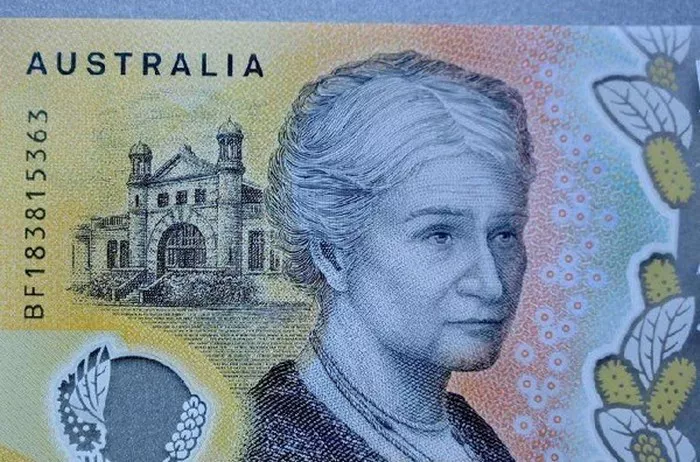AUD, which stands for the Australian dollar, is the official currency of Australia. The country’s federal budget determines the value of this currency, and it is regulated by the Reserve Bank of Australia. With a history dating back to 1966 when it replaced the Australian pound, the Australian dollar has become one of the most traded currencies globally, with its value influenced by several factors such as commodity prices, interest rates, inflation, and global economic conditions.
The History of AUD
Before the introduction of the Australian dollar in 1966, Australia’s currency was the Australian pound. At the time, the Australian pound was pegged to the British pound, and the Commonwealth Bank of Australia was responsible for its monetary policy. However, after gaining independence from Britain, Australia decided to introduce its currency and replace the Australian pound. This decision resulted in the creation of the Australian dollar, which was introduced on February 14, 1966.
Initially, the Australian dollar was fixed against the British pound at a rate of AUD1 to GBP0.5. But in 1971, the Bretton Woods Agreement collapsed, causing many countries to adopt floating exchange rates. As a result, the Australian dollar began trading freely against other currencies, leading to changes in its value based on market demand and supply forces.
Factors Influencing the Value of AUD
Several factors influence the value of the Australian dollar. One of these factors is commodity prices. Australia is a significant exporter of minerals such as iron ore and coal. Therefore, changes in the international prices of these commodities have a direct impact on the value of the Australian dollar. When commodity prices rise, the demand for the Australian dollar increases, leading to an appreciation in value. Conversely, if commodity prices fall, the value of the Australian dollar depreciates.
Another factor that influences the value of the Australian dollar is interest rates. Higher interest rates make the Australian dollar more attractive to investors, leading to an increase in the currency’s demand and value. Conversely, lower interest rates make the Australian dollar less attractive, leading to a decrease in demand and a reduction in its value.
Inflation is another factor that influences the value of the Australian dollar. High inflation rates erode the purchasing power of the currency, leading to a depreciation in its value. Therefore, central banks such as the Reserve Bank of Australia often raise interest rates to combat inflation and maintain the value of the Australian dollar.
Finally, global economic conditions also influence the value of the Australian dollar. In times of global economic instability or uncertainty, investors often seek safe-haven assets such as the US dollar, leading to a decrease in demand for the Australian dollar and a subsequent reduction in its value.
Using AUD in International Trade
The Australian dollar is widely used in international trade, particularly in the Asia-Pacific region. The country’s proximity to major Asian economies such as China, Japan, and South Korea has made the Australian dollar an attractive currency for regional trade.
Additionally, the Australian government has signed several free trade agreements with countries such as China, Japan, and South Korea, among others, making it easier for businesses in these countries to transact in Australian dollars. Furthermore, the Australian Securities Exchange (ASX) is one of the largest exchanges in the Asia-Pacific region, providing a platform for businesses to raise capital in Australian dollars.
Conclusion
In conclusion, the Australian dollar is the official currency of Australia and is regulated by the Reserve Bank of Australia. Its value is influenced by several factors such as commodity prices, interest rates, inflation, and global economic conditions. The Australian dollar is widely used in international trade, particularly in the Asia-Pacific region, and its importance in global financial markets is set to continue growing. As such, continued attention to its value and the factors driving it will remain essential for individuals, businesses, and governments alike.


